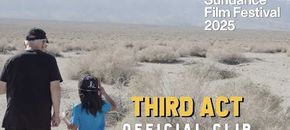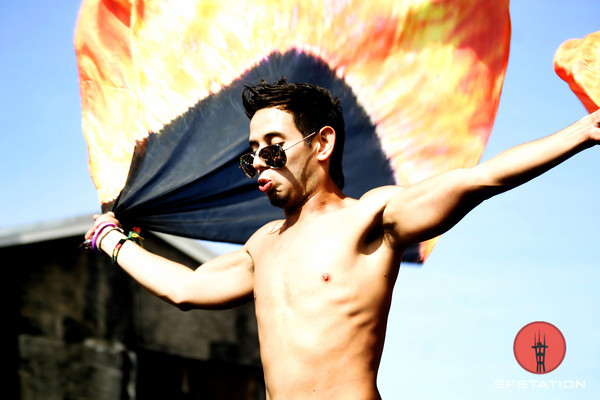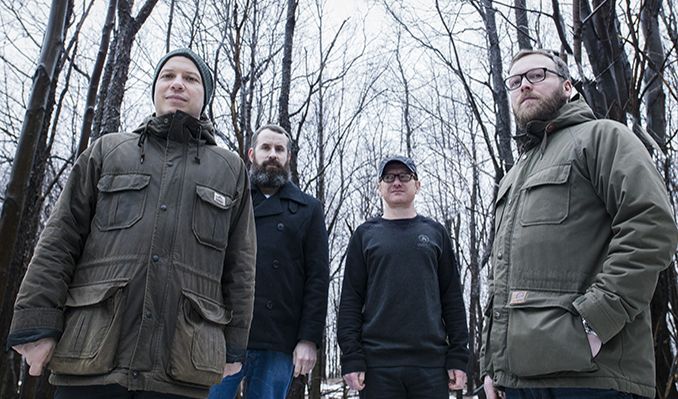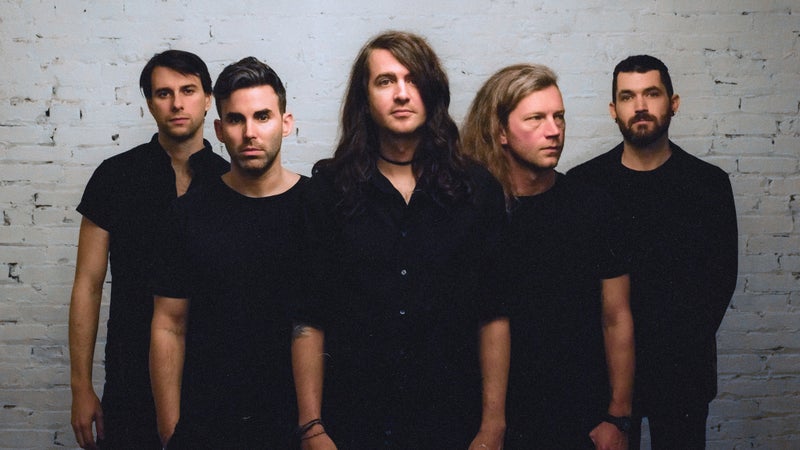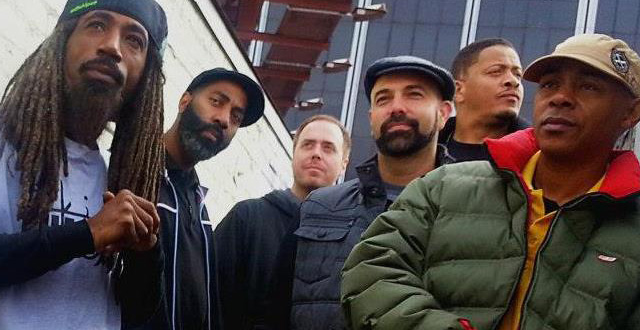Get Your Hands Dirty: A Guide to Accessible Community Gardening in San Francisco
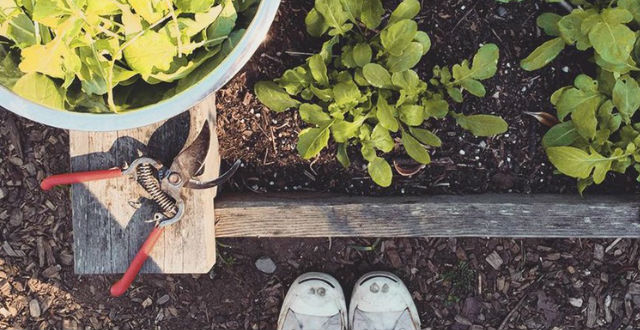
You’ve been hibernating for the last three months and it’s about time to get outside and get into some nature.
While the city has plenty of green spaces to retreat to, there’s nothing like having your own little garden sanctuary where you can grow plants and flex that green thumb you’ve been meaning to work on. However, until rooftop gardens become more popular around the city, there’s a bit of a drought in community gardens you can volunteer at that don’t have a two-year waitlist.
That doesn’t mean you should give up hope. There are plenty of opportunities to improve your gardening skills, do good for the community and score some free, freshly grown veggies in the meantime.
The San Francisco Recreation & Parks Department lists over 30 city community gardens that you can head up. The only stipulations are that you must be a San Francisco resident and pay the $20-$30 in monthly membership dues.
However, while many city gardens have been redesigned to accommodate a higher yield and give everyone a shot in the growing process, plot space can still be modest and spots fill up fast. Some have a wait list of up to eight years.
Some gardens don’t have individual plots and are communally managed by volunteers, making it much easier to put in a day’s work and see the literal fruits of your hard work.
 Volunteers tomato planting at Alemany Farm
Volunteers tomato planting at Alemany Farm
Alemany Farm
This is San Francisco’s only working farm with 3.5 acres of land for planting everything from strawberries to watermelon, to squash and kale. All against a pretty impressive backdrop of South San Francisco. The farm welcomes the public to its weekly environmental education classes and you can drop by and help with gardening and other special projects. Volunteers are encouraged to take an orientation tour and also check out the pond. Keep an eye out for the resident turtles!
700 Alemany Boulevard, SF
Community Grows
This organization oversees six gardens around San Francisco, with its home base at Koshland Park & Garden in the Lower Haight. It has 54 plots—half of which are reserved for K-5th graders from John Muir Elementary School, and the other half is for community-at-large. The garden and park were built in the ’90s as a response to crime, drugs and prostitution in the area during that time. The garden now hosts regular science classes for students and community workdays every other month to educate and empower youth to take control of their food system.
Multiple locations

(Instagram @communitygrows)
Friends of the Urban Forest
Since 1981, this organization has planted over 50,000 trees on city streets, totaling 47% of the street tree canopy. Neighborhood groups can plant and care for sidewalk trees and gardens to help beautify their community, clean the air, raise property values and reduce polluted water runoff. There are a number of ways to volunteer with them, as well as find information on how you can apply to install a sidewalk garden in your own neighborhood by working with the Department of Public Works.
1007 General Kennedy Avenue #1, SF
NOMADgardens
Located in Mission Bay, this 4-acre open spread is being redefined by Parklab, an idea incubator which has formed neighborhood alliances to get creative with what was once just a vacant lot. Here, locals can grow their own food and receive education on health and wellness, as well as urban agriculture. As with most gardens, there is a membership fee included which also provides access to a seed library, discounts at local businesses and private event rentals. Since the gardens are movable, plots can be picked up anytime with a forklift, placed on a truck and relocated to another parcel inside Mission Bay.
1401 4th Street, SF
 Volunteer gardening at Tenderloin People’s Garden
Volunteer gardening at Tenderloin People’s Garden
Tenderloin People’s Garden
Looking to garden and also give back to the community? This space is run by the Tenderloin Neighborhood Development Corporation, which provides affordable housing and services to more than 4,000 low-income residents throughout six different neighborhoods. It also runs a gardening and food justice program in which volunteers can help to harvest and circulate food. Since 2010, it’s established four additional rooftop gardens on TNDC buildings that yield roughly 2,500 pounds of free food for the community each year.
201 Eddy Street, SF
All In Common Community Garden
Another rare organic community garden in the Mission that’s been in operation for 35 years and doesn’t have a waiting list. There are no separate plots and all volunteers rotate crops seasonally and share what each grows. Many of the garden operatives are connected with the Free Farmstand, which hosts a space where the bounty of surplus food from neighborhood gardens, farmer’s markets, community gardens and public and private fruit trees can be shared with the community at no cost.
23rd St. between Folsom and Shotwell
 Urban composting courses taught at Garden for the Environment
Urban composting courses taught at Garden for the Environment
Garden for the Environment
Started in 1990 from a desolate vacant lot, this space encourages residents to lead healthy, sustainable lives by sharing crops and participating in workshops on subjects like urban composting and grey water usage. Over the course of a year, its instructors will teach over 600 classes, bring over 900 youth to the site for field trips and train over 20 adults to be leaders in the sustainable local agriculture movement. Internships are also available to teach small group management, sustainable garden maintenance, composting, and water conservation. Volunteers can pop in on Wednesdays from 10am to 2pm, and Saturday from 10am to 3pm.
7th Avenue and Lawton Street
Far Out West Garden
A little garden appropriately named for its location in the Sunset right off Ocean Beach, this space hosts field trips and workshops at the garden for students of all ages and has enjoyed classes on bicycle repair, composting, pottery and ukelele. The garden’s purpose is to bring people together to share land outside St. Paul’s Church grounds. Work parties are held in the garden the first Saturday and third Sunday of every month that are open to the public.
1399 43rd Avenue

If you can’t find space to join a community garden but are ready to dive in and get your hands dirty, you can also contact the San Francisco Parks Alliance about starting a new community garden in the city through their Street Parks Program. Their goal is to assist residents who might be looking to find public land for community-managed green spaces.
San Francisco also has laws in place that encourage the city to create more green spaces—which means you may just have bargaining power with your landlord. Property owners who turn uninhabited land into farms and gardens can get that area assessed at the going tax rate the state’s irrigated farmland is measured at. That’s a win-win for both you and your rental company.


